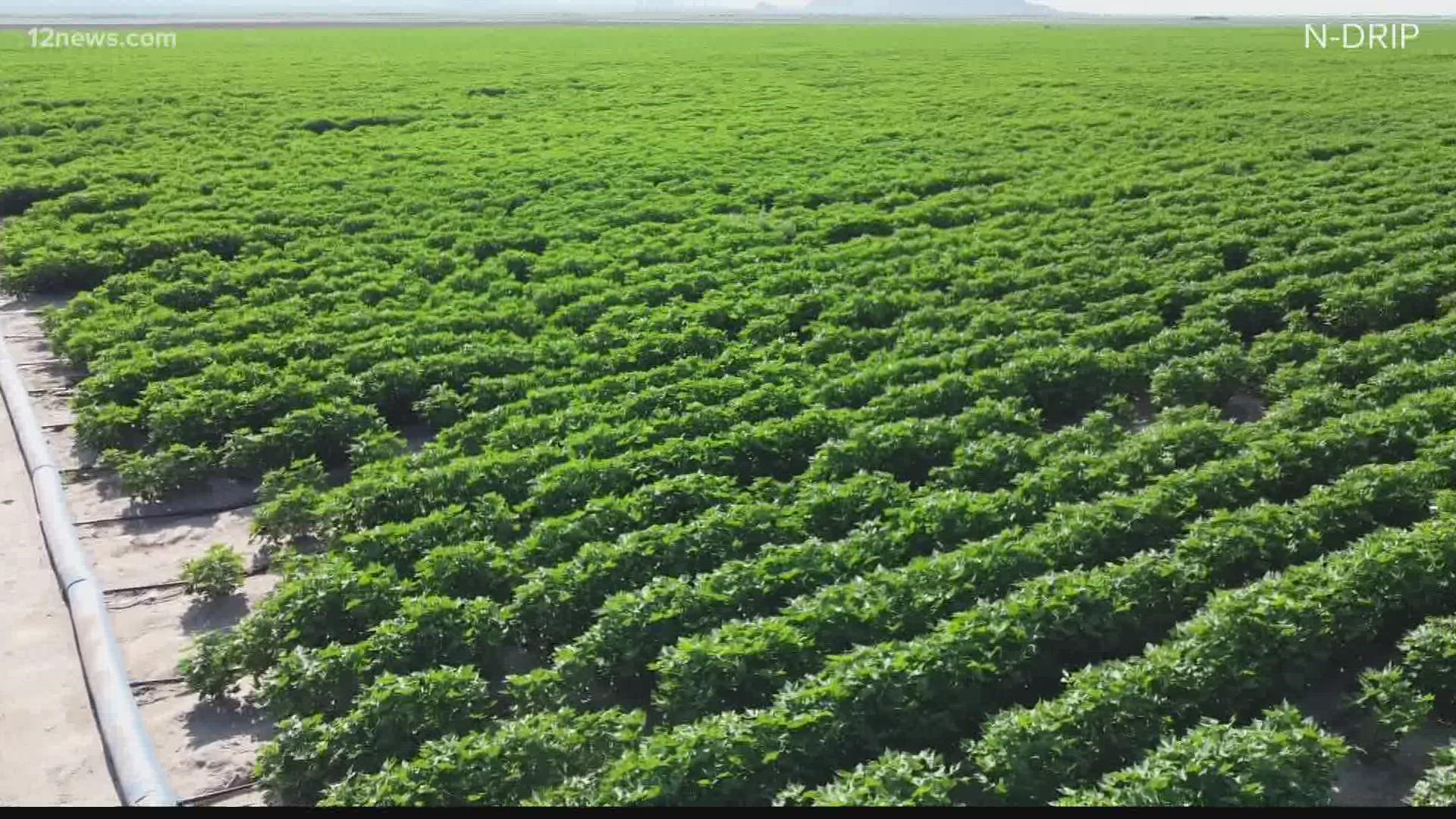CALIFORNIA, USA — Editor's note: This story was originally published by High Country News, and is republished here by permission.
For a century, California’s San Joaquin Valley has been known as “the food basket of the world.”
The 27,500-square mile region currently produces over $34 billion worth of food each year, a productivity made possible only by its large-scale irrigation projects and unrestrained groundwater pumping. In 2015, however, California passed the Sustainable Groundwater Management Act (SGMA), making it last Western state to regulate its groundwater — and bringing the San Joaquin Valley into compliance with the law will require retiring over 500,000 acres of its farmland in the next 20 years.
While SGMA’s regulations are for the greater good — achieving sustainable water use in an increasingly unpredictable climate — they are likely to have negative effects on the ground. According to Land Transitions and Dust in the San Joaquin Valley, a July 25 report by the nonprofit, nonpartisan think tank Public Policy Institute of California, fallowing those 500,000 acres is likely to create significant amounts of dust in a region already has the country’s worst air quality. If the land is simply taken out of production and left unused, SGMA’s climate adaptation goals could worsen existing environmental injustices in the area’s frontline communities.
The San Joaquin Valley, which is home to 4.3 million people, already has some of the highest ozone levels in the country. The American Lung Association ranks three of its metro areas — Bakersfield, Visalia and Fresno-Madera-Hanford — as the U.S. cities with the highest levels of particulate matter. Catherine Garoupa White, executive director of the Central Valley Air Quality Coalition, says that the pollution is caused by a combination of industrial agriculture, pesticides, freight traffic and oil extraction. The valley’s geography exacerbates the problem by trapping the polluted air and holding it close to ground level.
RELATED: No more winter vegetables? Upcoming Yuma water cuts to threaten entire US food system, experts say
Water Wars
Water levels are dwindling across the Southwest as the megadrought continues. Here's how Arizona and local communities are being affected.

